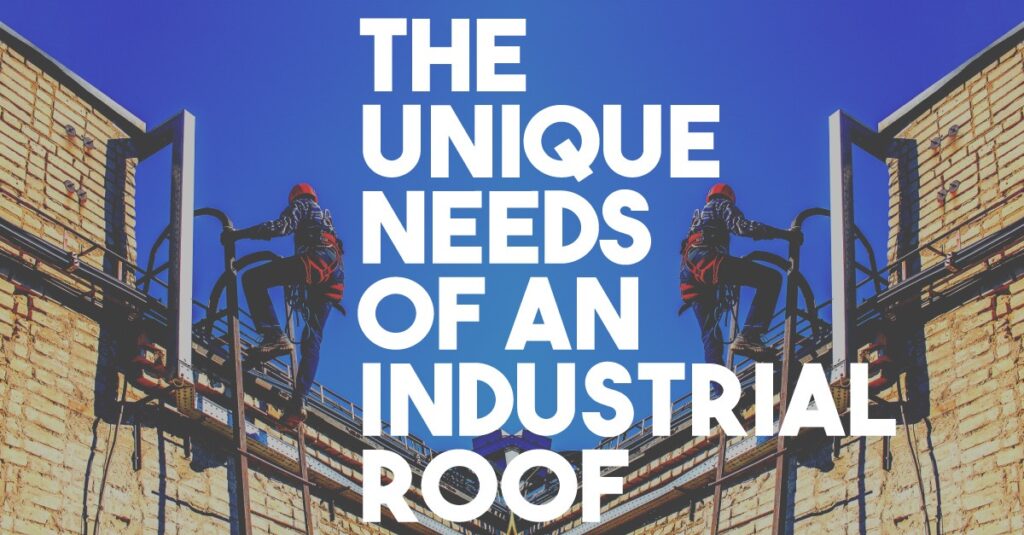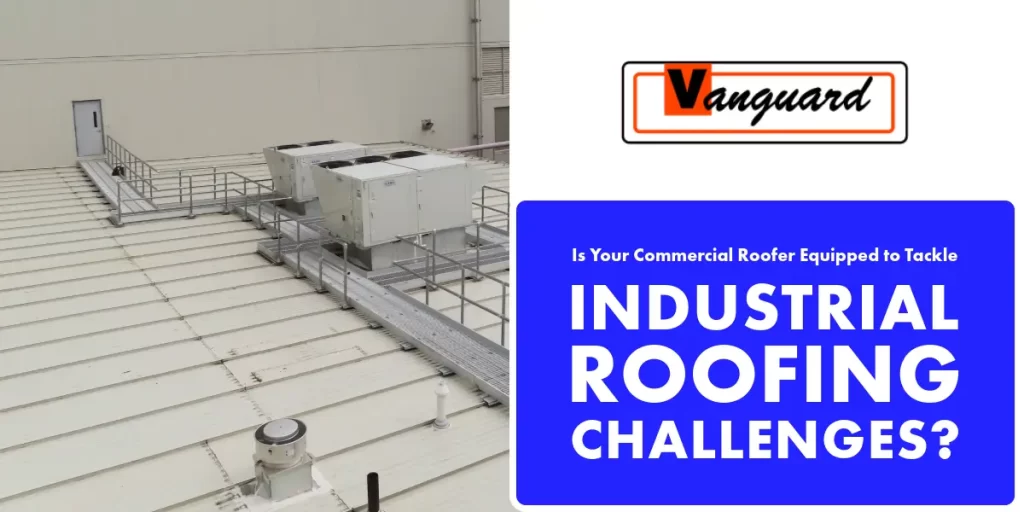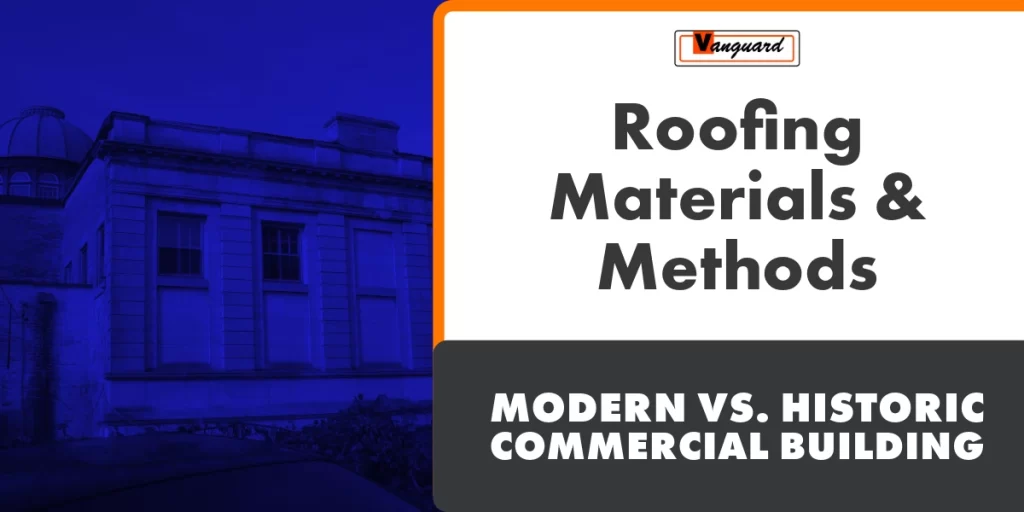Your industrial roof differs from other types of roofs in a number of ways. Typically, the roof on an industrial property has a very low slope, it covers a large amount of square footage, has a built-in drainage system to divert water, and it’s designed to carry the weight of heating, cooling, and ventilation equipment and a specific snow load. Because of how it’s built, an industrial roof needs proactive care to perform its intended task of protecting the building’s structure and contents.
Maintenance is the Key to Avoiding Unnecessary Damage and Industrial Roof Repair Costs
An industrial roof that’s neglected can quickly deteriorate and begin to leak. When water gets into the roof system, it can damage the underlying supportive decking, ruin the insulation, cause structural decay inside the building, harm the electrical, HVAC and other critical systems, destroy inventory and equipment, or cause a business shutdown. You can prevent these problems and unexpected repair costs or a premature roof failure and replacement by establishing a proactive maintenance plan that includes:
Semi-annual Inspections
Scheduling in-depth inspections twice a year and after any significant weather event is necessary so you’re always aware of the condition of the roof. Inspections should be handled by a knowledgeable professional who’s experienced in working with your particular type of roof system. An inspection should include:
- A visual assessment of the condition of the roof membrane and seams, parapets, decking, insulation, flashing, internal drains, scuppers, and downspouts.
- A written report with a checklist of what was inspected, with detailed notes about deficiencies, wear, and aging.
- A list of any needed repairs, along with a recommended timeline and cost estimates.
- Photos of the roof showing the exact location of any deficiencies.
Prioritizing Repairs and Maintenance
It’s vital to schedule recommended repairs after each inspection, such as fixing open seams or punctures, replacing flashing, or reinstalling missing mechanical fasteners. In between inspections, it’s also important to perform any basic maintenance such as keeping the drains free of debris, removing general debris or vegetation from the roof field, clearing snow safely, and squeegeeing any areas of standing water after a rain.
Up-to-date Record-keeping
Set up a file for warranty information, inspection reports, repair and maintenance work performed so all roof-related information is close at hand when it’s needed.
For assistance establishing a maintenance program or with industrial roof repair in Western Massachusetts, contact us at Vanguard Roofing.



